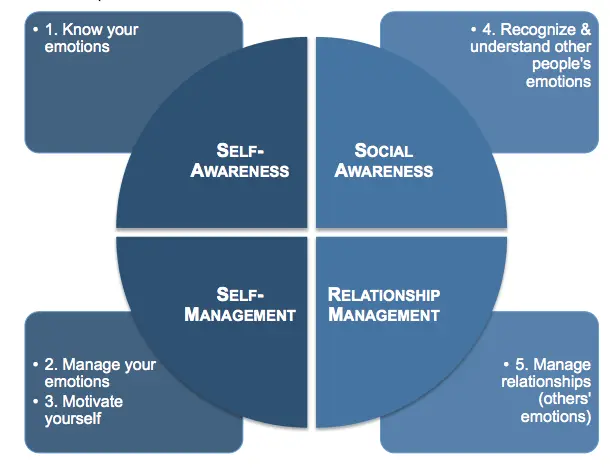AI prompts can often seem like complex and mysterious processes. I've broken them into essential components to better understand these concepts. The following is a list of critical elements that make up a piece of writing, designed to be as broad and general as possible to be applied to various writing subjects.
Aspects of Writing
- Level of Detail (Detailed, Concise)
- Length (One sentence, four Paragraphs)
- Structure (Haiku, poem, essay, Article, short story, novella)
- Setting (Small Town, Post-Apocalyptic Wasteland, A Magical Forest)
- Genre (Action, Romance, Drama, Western, Journalistic Writing)
- Story elements (Conflict, suspense, resolution, climax, setting)
- Word Choice (Idioms, Figures of Speech, Slang, Jargon, Imagery, metaphors, similes, dialog, rhyme, alliteration)
- Perspective (First-person, second-person, third-person, omniscient, limited omniscient, objective)
- Pacing (Fast, Slow, variable)
- Tone (Humorous, Inspiring, Professional, Casual, Mocking, Persuasive)
Using The Template
Here's a prompt I am using when I am using ChatGPT for writing.
Write a [Length], [Pacing] paced, [Level of Detail], and [Tone] [Structure] in the [Genre] genre set in a [Setting] with [Story Elements] and [Ammount] [Word Choice] from the [Point of View] point of view. [Story Prompt]
A Short Story
Write a four-paragraph, fast paced, detailed, and humorous short story in the action genre set in a post-apocalyptic wasteland with no resolution and a lot of slang from the omniscient point of view. The story follows a survivor named Jake who is down to his last 6oz of water.

Professional Writing
Write a three-paragraph, even-paced concise and professional article in the geospatial genre about quantitative analysis with metaphors and idoims from the first-person point of view. The article is about the benefits of using a GIS.

Conclusion
Working with a template is a great way to get the most out of GPT's capabilities. By providing GPT with a specific structure and guidelines, I can have more control over the final output. Instead of leaving it up to GPT to decide on the tone, pacing, and other variables, I can specify them explicitly. This way, I can ensure that the final output aligns with my intended style and purpose. Additionally, using a template can also save time by reducing the need for editing and revisions. It can also be helpful in situations where you want to maintain consistency within a series of texts, for example, an article series or a book. Overall, a template can be a powerful tool for creating high-quality and coherent text with GPT.
Comments
- I like this
Login to Comment

John Solly
Hi, I'm John, a Software Engineer with a decade of experience building, deploying, and maintaining cloud-native geospatial solutions. I currently serve as a senior software engineer at HazardHub (A Guidewire Offering), where I work on a variety of infrastructure and application development projects.
Throughout my career, I've built applications on platforms like Esri and Mapbox while also leveraging open-source GIS technologies such as OpenLayers, GeoServer, and GDAL. This blog is where I share useful articles with the GeoDev community. Check out my portfolio to see my latest work!







